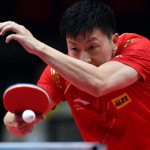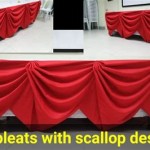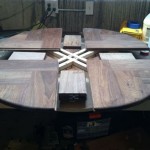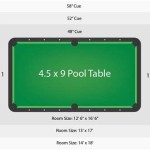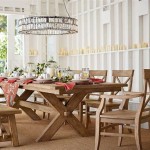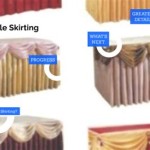What Is The Best Wood For A Ping Pong Table?
The quality of a ping pong table is highly influenced by the type of wood used in its construction. Different types of wood offer varying characteristics that can affect the game's playability, durability, and aesthetics. In this article, we will explore the essential aspects of choosing the best wood for a ping pong table.
Durability and Hardness
The durability of a ping pong table is crucial as it affects its longevity and resistance to wear and tear. Hardwoods are preferred for ping pong tables due to their exceptional durability. They are less susceptible to dents, scratches, and warping, ensuring a consistent playing surface even with frequent use.
Consistency and Uniformity
The uniformity of the playing surface is vital for fair and enjoyable gameplay. High-quality wood offers a consistent thickness and density throughout the table, reducing variations in bounce and spin. This consistency enhances the accuracy and predictability of shots.
Ball Response and Bounce
The type of wood used can influence the ball's response and bounce characteristics. Denser woods, such as slate or granite, provide a fast and responsive playing surface, resulting in a lively bounce and increased speed. Conversely, less dense woods, like particleboard or MDF, offer a slower and more controlled bounce.
Stability and Resistance to Warping
A stable ping pong table ensures a level playing surface and prevents distortions that can affect gameplay. Woods with high dimensional stability, such as plywood or laminated wood, resist warping and maintain their shape even in changing environmental conditions, ensuring a consistent and fair playing experience.
Aesthetics and Visual Appeal
The wood used for a ping pong table not only affects its functionality but also contributes to its aesthetic appeal. Different types of wood offer unique grains, colors, and textures, enhancing the visual beauty of the table. The choice of wood can complement the decor of a room or outdoor space.
Recommended Wood Types for Ping Pong Tables
Based on the aforementioned factors, the following wood types are highly recommended for ping pong tables:
- Slate: Exceptionally durable and provides a fast and responsive playing surface.
- Granite: Similar to slate, granite offers durability and a lively bounce.
- Plywood: Durable and resistant to warping, providing a consistent playing surface.
- Laminated Wood: Combines the strength of multiple wood layers, ensuring stability and durability.
- Oak: A hardwood with a reddish-brown hue, known for its durability and classic appearance.
- Mahogany: A reddish-brown wood prized for its beauty and resistance to wear and tear.
Conclusion
Choosing the right wood for a ping pong table is a crucial decision that can significantly impact the quality of gameplay and the table's lifespan. By considering factors such as durability, consistency, ball response, stability, and aesthetics, buyers can select the wood that best meets their needs and creates an optimal playing experience.

How To Make A Diy Folding Ping Pong Table Half The Cost Of Bought

Outdoor Ping Pong Table Kreg Tool

Outdoor Ping Pong Table Kreg Tool

How To Make A Diy Folding Ping Pong Table Half The Cost Of Bought

Hall Of Official Size Wood Table Tennis Tt218y19006 The Home Depot

Hall Of Official Size Wood Table Tennis Tt218y19006 The Home Depot

How To Make A Ping Pong Table Top For Pool

Outdoor Ping Pong Table Kreg Tool

Guide To A Ping Pong Table 2024 Megaspin

Woolsey Outdoor Ping Pong Table The Coolector
Related Posts



